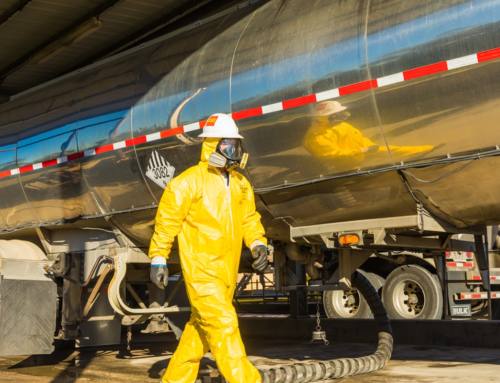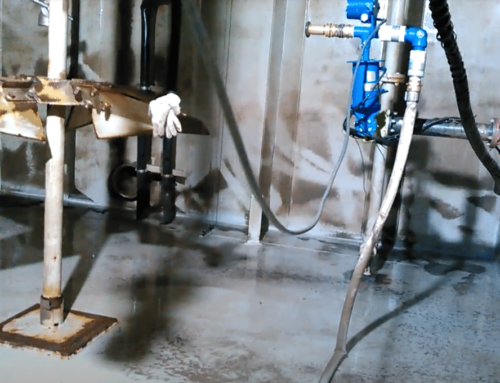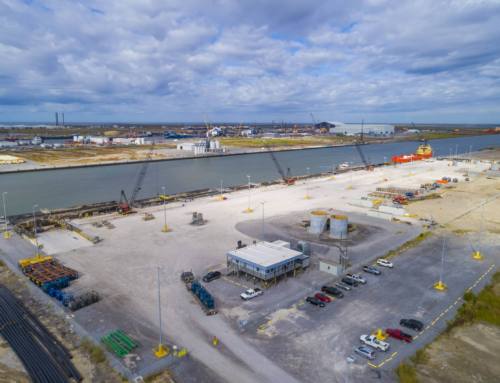Cleaning industrial tanks that are mostly used for transportation and/or storage is a job that carries a particularly hazardous risk along with. Not only are the people performing the work subject to some degree of risk, but if something happens to them while they’re on the job it’s entirely possible that their rescuers are also promptly put into danger if they go in after them.
The risks of cleaning tanks are well known to experienced workers, but it’s worth reviewing the hazards to better understand the efforts that can be made to reduce the possibility of accidents.
What is a Confined Space?
A confined space is any working area that meets three criteria that are very clearly laid out by the Occupational Safety and Health Administration (OSHA):
- Limited openings: To meet the criteria the space must have limited openings for entry and exit. A space that meets the criteria can be difficult to get in and out of, like an open top tank.
- Not designed for continuous occupancy: The space is not meant to have humans continuously occupy it. Consider tanks or manholes.
- Ability to enter: Finally, the space must be large enough for a person to enter and occupy. It might sound obvious, but if you can’t actually enter the space, then it cannot be classified as a confined space where you would work.
All three of these conditions must be met for OSHA to classify a working area as a “confined space.”
Hazards of Confined Space Tank Cleaning
One rule of confined space entry is that it’s never the right idea to try and rescue a coworker in such a space. They may have been overcome by fumes, and these fumes could just as easily overwhelm you. Always know to call an emergency service equipped with the proper breathing apparatuses to rescue people in these situations. Flammable materials in these spaces can also be a significant hazard, so know what to expect in any type of tank before you and/or your workers start with the cleaning procedures.
Protecting Your Workers and Yourself
OSHA is also very clear in its recommendations as to how to protect workers who will be doing work in a confined space entry area like a tank.
Any worker who will be entering these spaces is likely going to require a permit to do so. Such a permit indicates a qualified person has completed a safety checklist before workers are allowed to enter the space. This checklist contains questions regarding the purpose of entry, who is entering and why, the work being done and so forth. A permit-required confined space can be a dangerous area, so employers are also responsible for training their people for this work as well as re-training them if any job duties change over the course of their employment.
Tank cleaning can be a dangerous proposition, especially when the working area is defined as a confined space entry. The best way that you can protect everybody at the job site is by ensuring you comply with OSHA regulations and that everybody on your team is informed and trained as well to help minimize any risks.
Ecoserv’s Commitment to Safety
Eliminating workers from CSE has been our mission at Ecoserv and by introducing this application to the GOM in Q4 of 2019, the Pit Viper has now become the “go to” technology for our existing customers. When combining all collected data from these projects, the Pit Viper has significantly reduced our personnel exposures in confined space entry upwards of 80% during high-risk activities.
Reach out to Ecoserv to get your frac tank cleaning projects completed safely & efficiently.





